10 Magical Realism Books to Read Before You Die
Which of these ten captivating books will you dive into first?
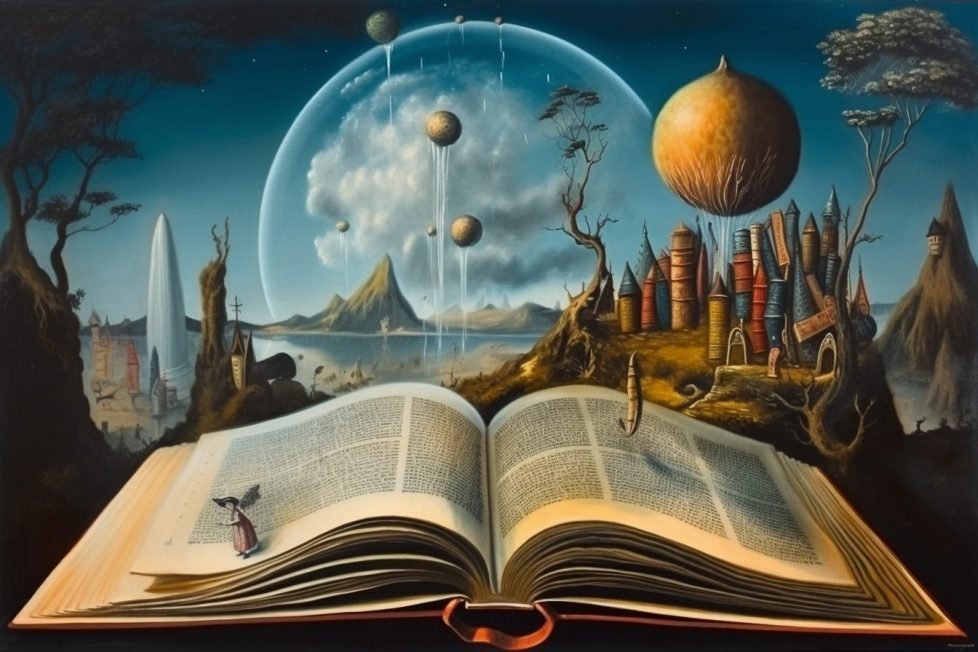
Which of these ten captivating books will you dive into first?

Table of Contents
ToggleWhat if a bird flew up to you and the two of you started to chat? What’s more, what if this were a completely normal thing to you? Well, you just might be in a magical realism novel!
Magical realism is an exciting genre, or narrative strategy, found in many beloved books and films, such as One Hundred Years of Solitude by Gabriel García Márquez or Pan’s Labyrinth by Guillermo del Toro.
But what exactly is the definition of magical realism? Where did it begin and who are some of the most famous magical realism authors?
To answer such questions, this article will trace the history of the magic realism genre as it was developed in the twentieth century. Then, it’ll take you through a list of ten must-read magical realism books, which includes both novels and short story collections by some of the world’s greatest writers of all time.
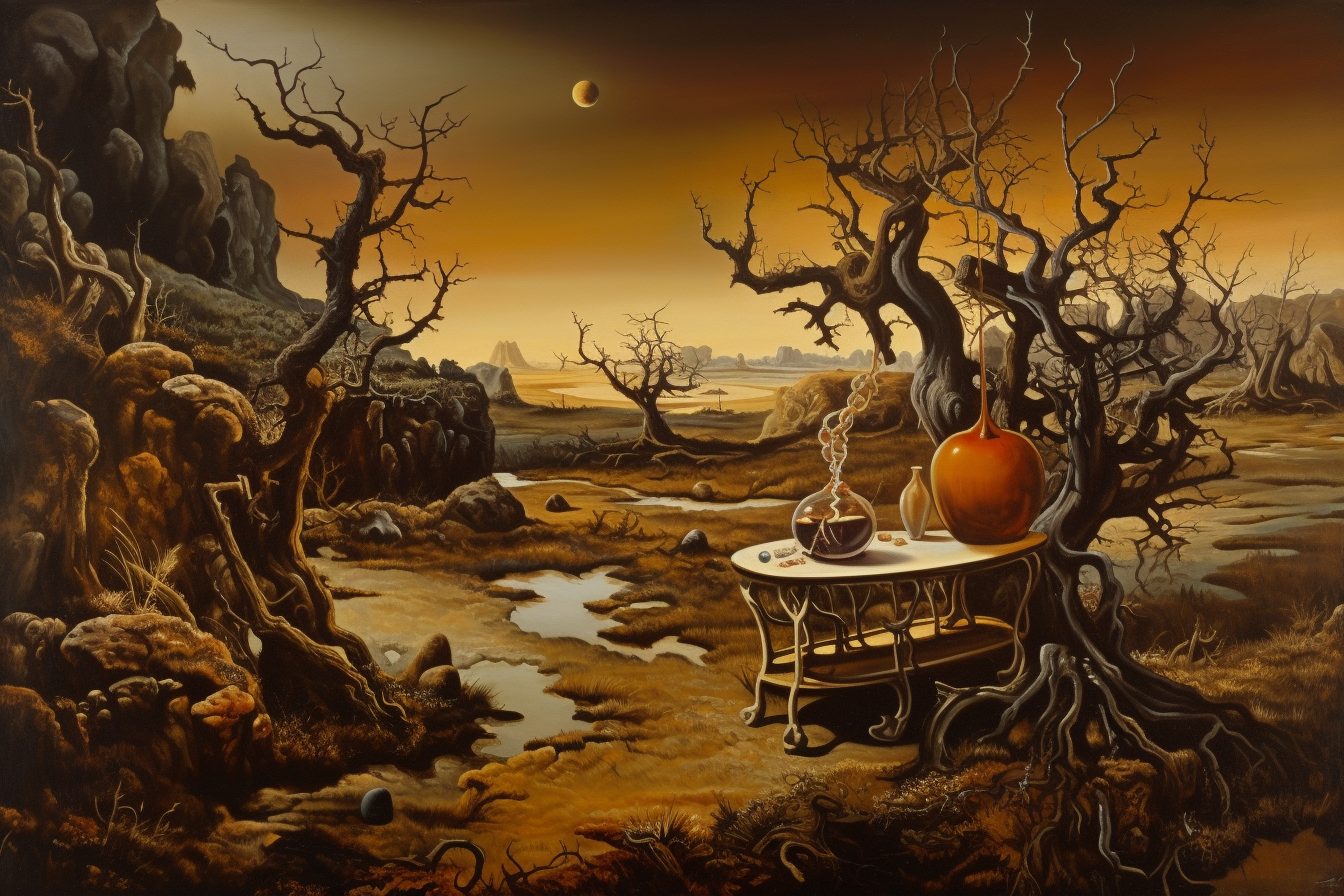
According to the Encyclopaedia Britannica, magic realism is a “chiefly Latin-American narrative strategy…characterized by the matter-of-fact inclusion of fantastic or mythical elements into seemingly realist fiction.” In other words, the magic realism genre blends the supernatural with realism in a way that normalizes the magical or mythic aspects.
You may have noted the definition began with “chiefly Latin-American…” and, indeed, Latin American and Caribbean authors have played a huge role in popularizing the magic realism genre. While many ancient oral and literary traditions feature works that could be considered “magic realism,” the genre was first theorized in the 1940s by Alejo Carpentier, a Cuban novelist who wrote the essay “Lo real maravilloso,” or “The Marvelous Real.” In this 1949 essay, which was inspired by a trip to Haiti, Carpentier “saw the possibility of establishing certain synchronisms, American, recurrent, timeless…” In contrast to the Surrealist movement popularized in Europe, Carpentier believed lo real maravilloso was unique to Latin America and the Caribbean, itself borne from the encounter between Amerindians, Africans, and Europeans.
Around the same time, Haitian novelist Jacques Stephen Alexis seconded Carpentier’s view of “marvelous realism” as a genre borne from the unique history of Latin America and the Caribbean. In his 1944 essay, “Du réalisme merveilleux des Haïtiens,” or “On the Marvelous Realism of Haitians,” Alexis envisioned an embrace of strange, fantastic, and dream-like elements that would be authentic to the rugged beauty of Haiti. He thus called for “a living realism, tied to the magic of the universe; a realism that shakes not only the mind, but also the heart and the entire tree of nerves.” For Alexis, it was critical that marvelous realism was not some frivolous escape; rather, it should deal with the daily life of everyday people and get at “the human, the universal, and the profound truth of life.”
Following Carpentier and Alexis’ 1940s contributions to “marvelous realism,” Colombian novelist Gabriel García Márquez did much to popularize the genre of magical realism, especially through his 1967 novel One Hundred Years of Solitude. Márquez is often considered the father of magical realism, although this may be better attributed to Alejo Carpentier, who coined “the marvelous real.”
More recently, critics such as Timothy Morton have adopted the philosophy of object-oriented ontology in their approach to magic realism. In his book Realist Magic: Objects, Ontology, Causality, Morton argues that, “in magic realist narratives, causality departs from purely mechanical functioning.” It does so “in part to resist the seeming inevitability of imperialist ‘reality,’ in part to give voice to unspeakable things.” In this way, magic realism is mysterious, which Morton notes has an etymology in Greek (mysteria) that connects to the verb muein, to close or shut. Magic realism texts thus deal in secrets and the unspeakable, enticing readers to embrace the enigmatic by incorporating it in a realist framework.
While magical realism fiction will vary drastically from text to text, there are certain commonalities that tend to arise, including the following:
First, a caveat. As you can start to see from the above overview, magical realism is not a codified, set-in-stone genre. Magical, or marvelous, realism has only been theorized since the 1940s, and it has many precursors and offshoots.
The following list thus aims to embrace the contested and wide-ranging nature of the magical realism genre by providing you with both famous, “classic” magical realism books and newer, more underrated ones. This list features authors from many countries and regions all around the globe, and many more could have been included.
So, with the understanding that this list is by no means exhaustive (or ranked in any particular order), read on to discover (or learn more about) ten of the best magical realism books.
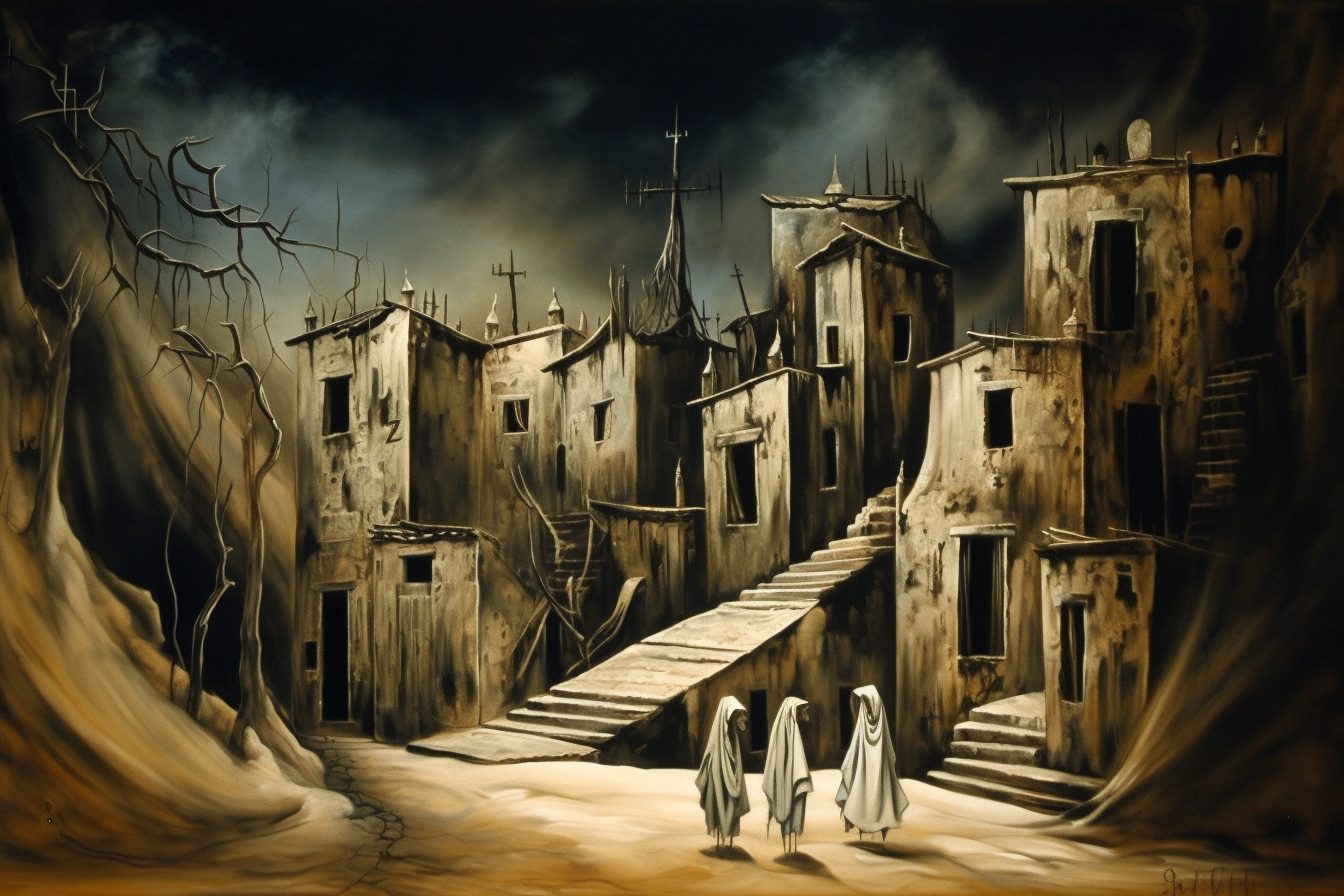
If you’ve heard of just one work of magical realism, it might well be Gabriel García Márquez’s One Hundred Years of Solitude (Cien años de soledad). This seminal text of Latin-American literature, and “world literature” more broadly,” helped the Latin American Boom of the 1960s and ‘70s really take off.
In the novel, the reader learns about seven generations of the Buendia family, who lives in the fictional town of Macondo. José Arcadio Buendia, and his wife Ursula, found the town after leaving home due to José killing another man after a cockfight. During their travels, José dreams about a city made of mirrors that reflect the entire world. In this way, Macondo and the Buendia family serve as a microcosm for the macrocosm of the world at large.
Throughout the novel, we learn of José’s exploits, as well as those of the Buendia generations to follow. Without spoiling the plot, we’ll say that the Buendia family suffers many misfortunes. The repetitive nature of their lack of luck throughout the story emphasizes the inevitability of history and fate in Macondo. The characters frequently receive visits from ghosts, which symbolize the past in an alienated form. The city of mirrors reinforces the idea that there is no escape from history and the rest of the world, despite José Arcadio’s wishes to start a utopic city.
Ultimately, One Hundred Years of Solitude is a shining example of magical realism, as the novel incorporates magical elements into a realist framework, and itself challenges our understanding of complex phenomena like history and time.
Alejo Carpentier merits being on this list as one of the primary theorists of lo real maravilloso, or the “marvelous real,” a precursor to magic realism that helped greatly influence it. Carpentier made a fantastic contribution to the magic realism genre with his 1949 novel The Kingdom of this World, or El reino de este mundo.
The novel blends history, religion, myth, and more into an engaging narrative about the Haitian revolution. This Caribbean setting is worth noting, as the Cuban Carpentier insisted that marvelous realism is unique to the region. And in fact, the preface to the novel is where Carpentier coined the term lo real maravilloso and recounted the 1943 trip to Haiti that influenced the novel.
In the story, the protagonist Ti Noel witnesses two attempted rebellions, as well as the brief reign of Henri Christophe and his subsequent end. Ti Noel is a slave who listens to Vodou (Voodoo) tales from Macandal, who is based on a real-life figure. Macandal is a key figure as part of the successful slave rebellion that led to Haiti’s independence in 1804.
After the revolution, Ti Noel ends up forced back into slavery, an awful irony considering Haiti then had a Black king. Eventually, the slaves rise up against Henri Christophe. Ultimately, Ti Noel comes to understand that one’s most noble duty is to fight against injustice.
The Kingdom of this World shows the cyclical nature of revolutionary violence as well as the hybridization of identity and culture in the Caribbean. In this way, it’s both a great example of historical fiction and magical (or marvelous) realism.
Writers and critics often cite Toni Morrison’s novel Beloved as one of the greatest works of American literature. Published in 1987, Morrison dedicates the novel to the “Sixty million and more, referring to the number of Africans and their descendants who died because of slavery.
The Pulitzer Prize-winning novel itself meditates on the history of slavery in the United States, with its story derived in many ways from that of Margaret Garner, a slave in Kentucky who escaped to Ohio in the 1850s.
The main character, Sethe, thus shares many commonalities with the life of Margaret Garner, as both confront difficult situations of motherhood in the context of slavery. Beloved uses the psychological trauma of slavery to emphasize the complex nature of identity and its relation to history and memory. The character of Beloved concretizes Sethe and her family’s repressed trauma.
Since Morrison deftly works spirits and the undead into a historically-informed realist framework, Beloved falls broadly within the umbrella of magical realism. The novel importantly draws attention to a dark period of American history while testifying to the power of memory and family for self-discovery.
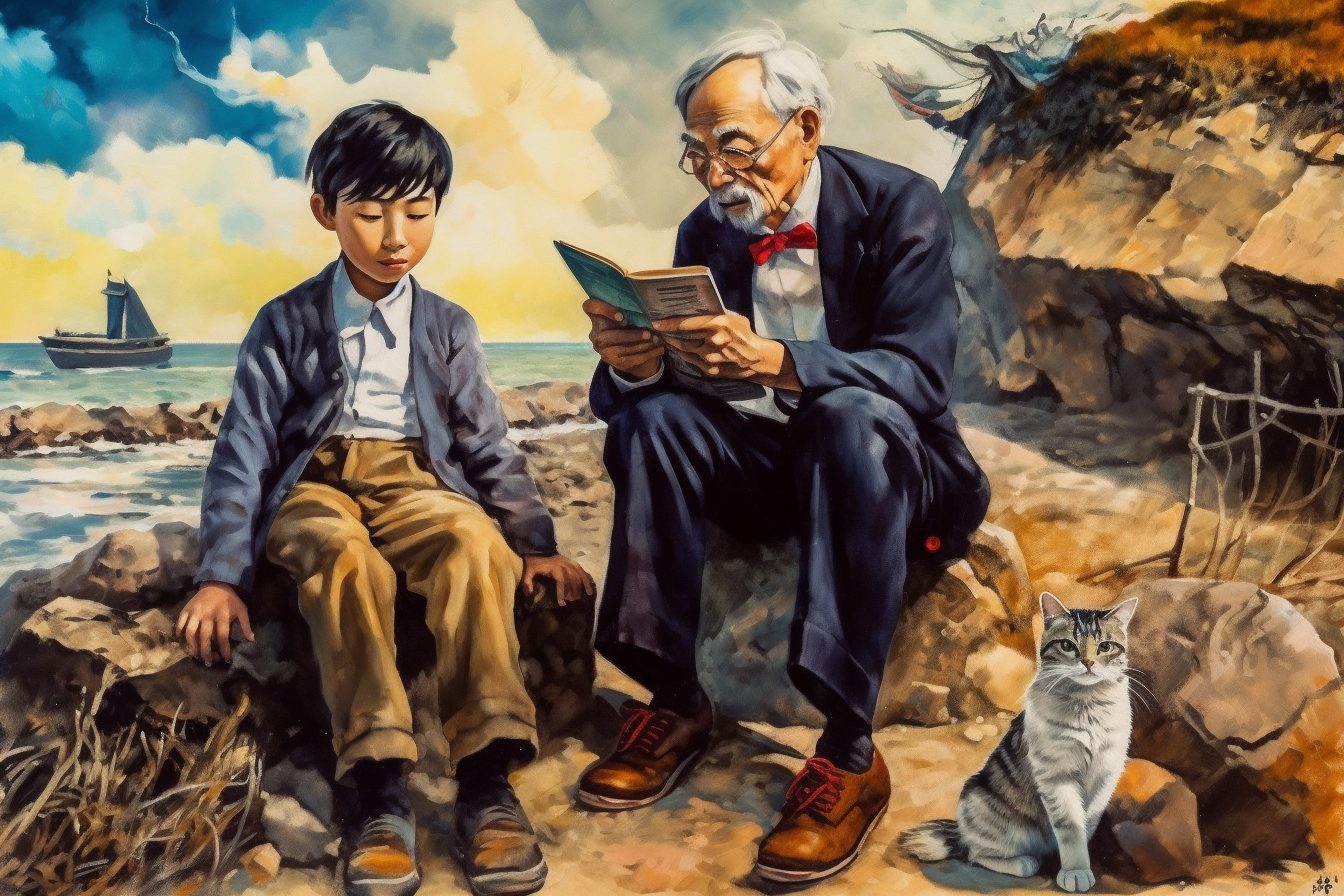
Published in 2002 as Umibe no Kafuka and translated as Kafka on the Shore in 2005, Haruki Murakami’s enigmatic novel received the World Fantasy Award in 2006. The magical realism aspect of Murakami’s novel comes from its dreamlike, metaphysical quality. The story frequently puts into question the nature of reality and reflects on the relationship between dreams and the waking world.
The story follows a 15-year-old boy named Kafka Tamura, a book-loving teenager who attempts to flee from an Oedipal curse and find his sister and mother. Many strange events occur on Kafka’s quest, as he meets multiple ghosts.
The novel alternates between odd-numbered chapters recounting Kafka’s story, and even-numbered chapters to tell the story of Nakata, an elderly man who can speak with cats. As you can see, this is a strange and beguiling story that has captivated many readers!
English writer Angela Carter won the Cheltenham Literary Prize for her collection of fairytales published in 1979. While the stories in The Bloody Chamber are based on existing fairytales, Carter reworks them within a magical realist framework to tremendous effect.
Something like Ovid’s Metamorphoses, The Bloody Chamber can be read as a collection of stories that, together, create a larger narrative that touches on self-discovery and feminist issues. For example, many stories, such as “The Bloody Chamber” and “The Tiger’s Bride,” treat themes of virginity and deflowering.
In this must-read story collection, Carter weaves together compelling tales that play with their source material in both fun and serious ways. In doing so, Carter updates the tales for a postmodern context where women possess more agency but still grapple with stereotypes and brutish men and monsters.
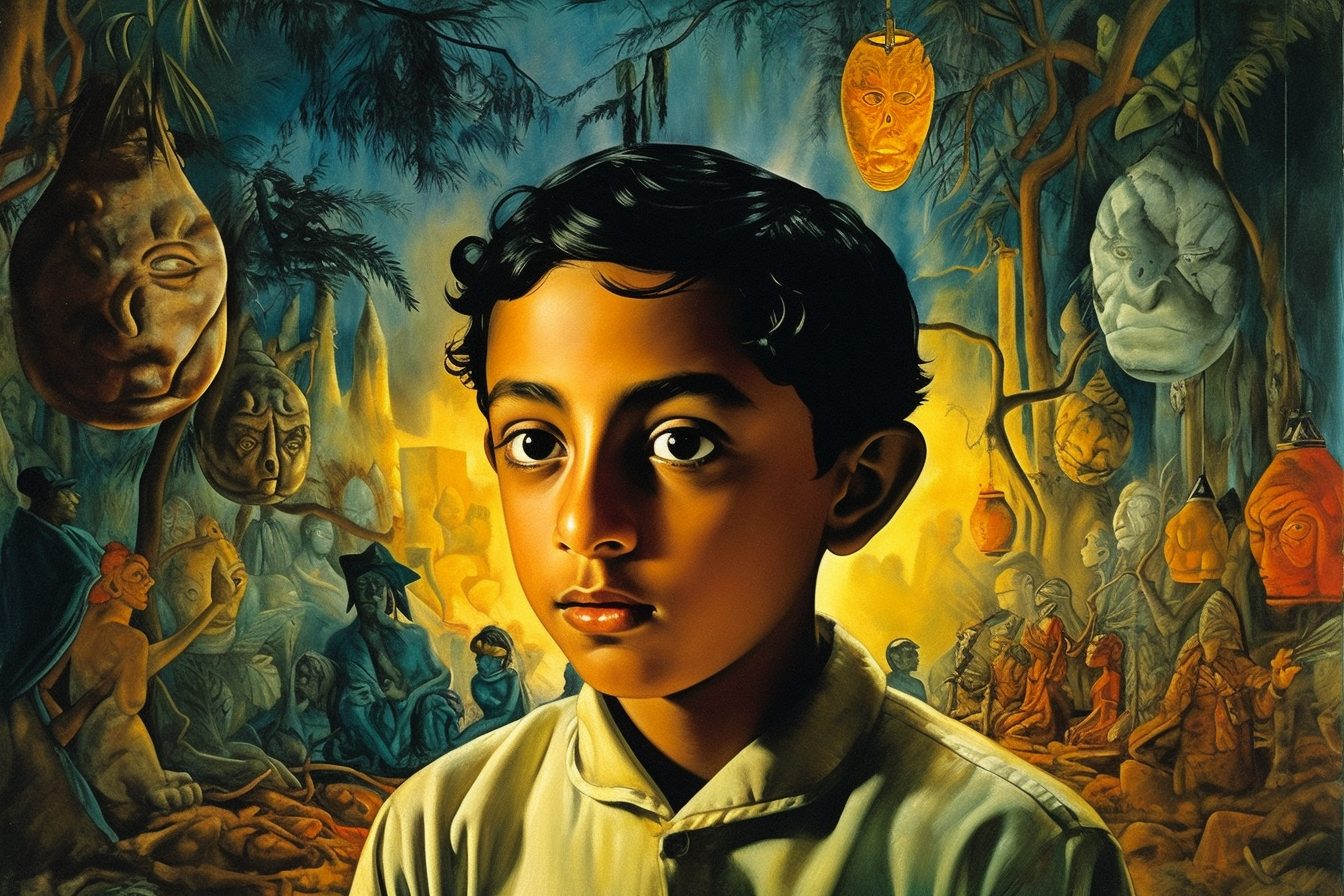
Two years after Angela Carter’s The Bloody Chamber, Salman Rushdie published Midnight’s Children, another postmodern text that falls firmly within the magical realist tradition. One of Rushdie’s most beloved books, Midnight’s Children won the Booker Prize and sold over one million copies in the UK alone.
The main character and narrator of Midnight’s Children is Saleem Sinai, who is born with the power of telepathy and an incredible sense of smell. As with many magical realist stories, Rushdie intertwines this magical character with historical events, namely, those that occurred in India in the years following World War II.
Saleem is one of many children born at midnight (hence the title) who have magical powers, and he assembles them to try to make sense of their powers. Meanwhile, Saleem’s family undergoes many series of conflicts and migrations. In this way, Midnight’s Children is a classic magical realism book that weaves together history with magic in a compelling and satisfying way.
Ficciones is a mind-bending collection of stories published in Spanish in 1956 and in English in 1962. This volume is largely responsible for Borges’ global success as a writer, and it contains many of his most famous and beguiling stories, including “Tlon, Uqbar, Orbis Tertius,” “Pierre Menard, Author of the Quijote,” “The Library of Babel,” and “The Garden of Forking Paths.”
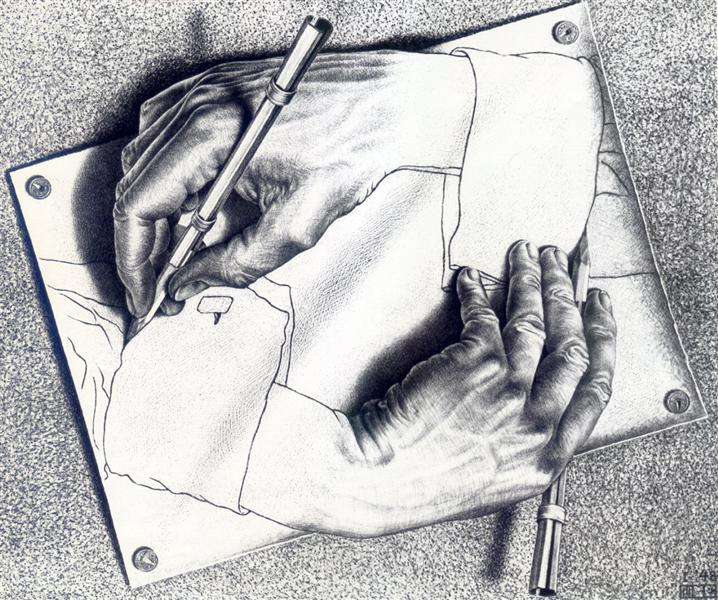
The worlds created by Borges in his fiction (or ficciones) are places where anything is possible, and where history and reality are often subject to distortions and magical interventions. For example, the “The Library of Babel” imagines a universe with the form of an immeasurably vast library. It contains every possible book ever written, in addition to many written in gibberish, including translations of all books into all possible languages.
This labyrinthine theme is one of Borge’s favorites and is often returned to throughout Ficciones. Those who are fans of M.C. Escher’s famous self-referential drawings, such as Drawing Hands, will likely appreciate the intellectual challenge of Borges’ unique form of magical realism.

The great Prague-born novelist Franz Kafka wrote many enigmatic works that blend realism with fantastic and magical elements. His fiction frequently evokes modern themes of alienation and anxiety through an absurdist lens.
In The Metamorphosis, or Die Verwandlung, one of Kafka’s best-known stories, the protagonist Gregor Samsa wakes up one morning only to find that he’s been turned into a giant bug-like creature (the German translates to something like “monstrous vermin”). Samsa was a simple middle-class salesman living with his parents, and now he must face life as a monster.
Of course, the last time I checked, no human has woken up as a giant bug, which gives Kafka’s work its fantastical feel. Yet, at the same time, it’s uncanny because it’s presented in a realist style. Together, this magic realist blending provides Kafka with a mysterious space from which to comment obliquely on the difficulties of modern, bureaucratic life.
Our penultimate book on the list is Yanick Lahens’ Moonbath, originally published as Bain de lune in 2014. Her fourth novel was well-received and earned her the Fémina prize. Hailing from Haiti and thus the Caribbean, a region that, like the adjacent Latin America, is strongly identified with magical realism, Lahens’ fiction itself reflects the rich myth, folklore, and religion of Haiti.
In Moonbath, set in the fictional village Anse Bleue, readers learn of two local families whose histories intertwine with that of Haiti at large during the turbulent reign of François “Papa Doc” Duvalier, a ruthless dictator. While the Lafleur family lives in greater harmony with nature, the Mésidor family are something like feudal lords that take what they want by force.
While Moonbath is largely a work of historical realism, it adds a magical aspect through Vodou (i.e. “Voodoo”) and a narrator that speaks from beyond the grave. Ultimately, Moonbath provides a fascinating look at the troubled country of Haiti, and Lahens is a writer well worth discovering.
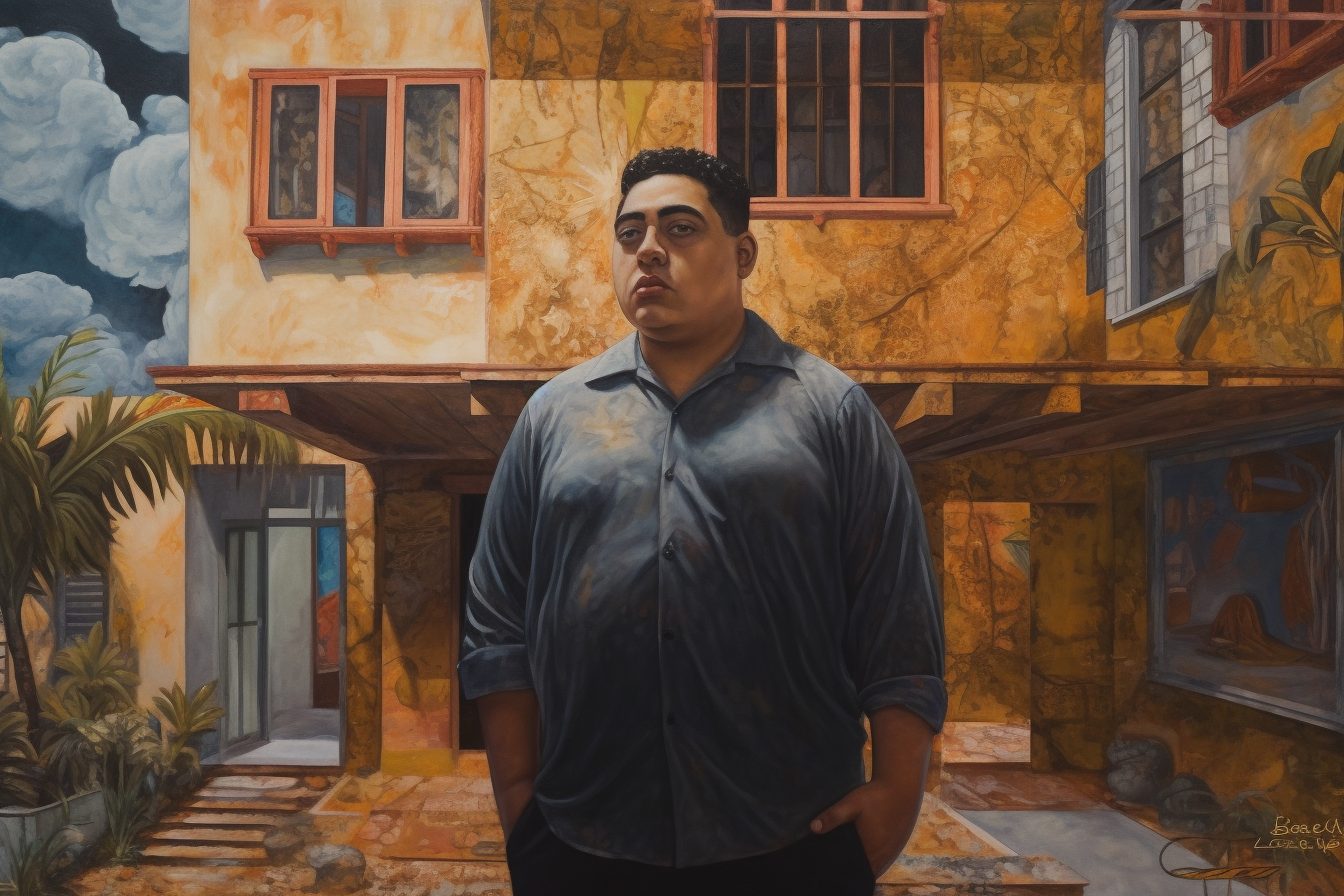
Last but certainly not least on our list (which, again, is not meant to be ranked in any particular order), is Dominican American author Junot Díaz’s 2007 novel, The Brief Wondrous Life of Oscar Wao (henceforth Oscar Wao). A sensation on its publication, Oscar Wao racked up several awards, including the Pulitzer Prize for Fiction.
Given the huge popularity of Marvel and DC movies nowadays, more and more people are likely to relate with the titular protagonist, Oscar, as he grows up obsessed with sci-fi and fantasy. In fact, the novel frequently blends history and fantasy. For instance, the narrator compares the fall of Mordor in Lord of the Rings to the downfall of the dictator Rafael Trujillo in the Dominican Republic. In this way, Oscar Wao reveals how we use history, myth, and fiction to make sense of our own reality.
Unfortunately, Oscar would appear to be cursed by “Fuku Americanus,” which is a curse associated with the New World. As such, the narrative, although often told in realist fashion, seems subject to the whims of this supernatural curse, and helps make Oscar Wao one of the more compelling recent examples of magical realism.
Magical realism is a fascinating genre that has captivated hundreds of millions of people around the world. Yet, it can be a difficult genre to pin down, and many texts may be considered to have aspects of magical realism. For example, is Harry Potter magical realism? What about Game of Thrones? Both have been labeled broadly as “fantasy.” Since works of fantasy generally take place in worlds where magic is normalized, then most works of fantasy could be labeled as magic realism.
All this is to say that it can be difficult to define magic realism precisely, let alone create a list of only ten of the best magic realism books. It’s a list that could easily extend to one hundred or more. In any case, if you’re wondering where to start with magic realism, this list gives you ten excellent starting points. We hope there’s at least one that piques your curiosity and helps you dive into the exciting world of magical realism.
